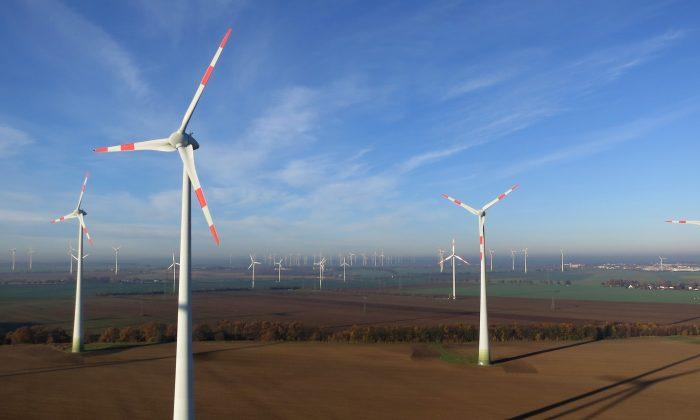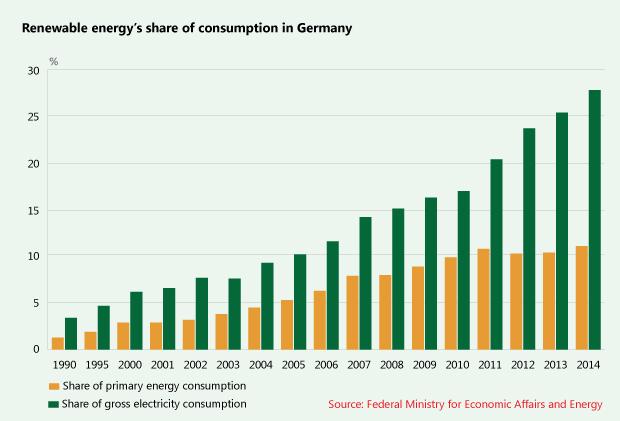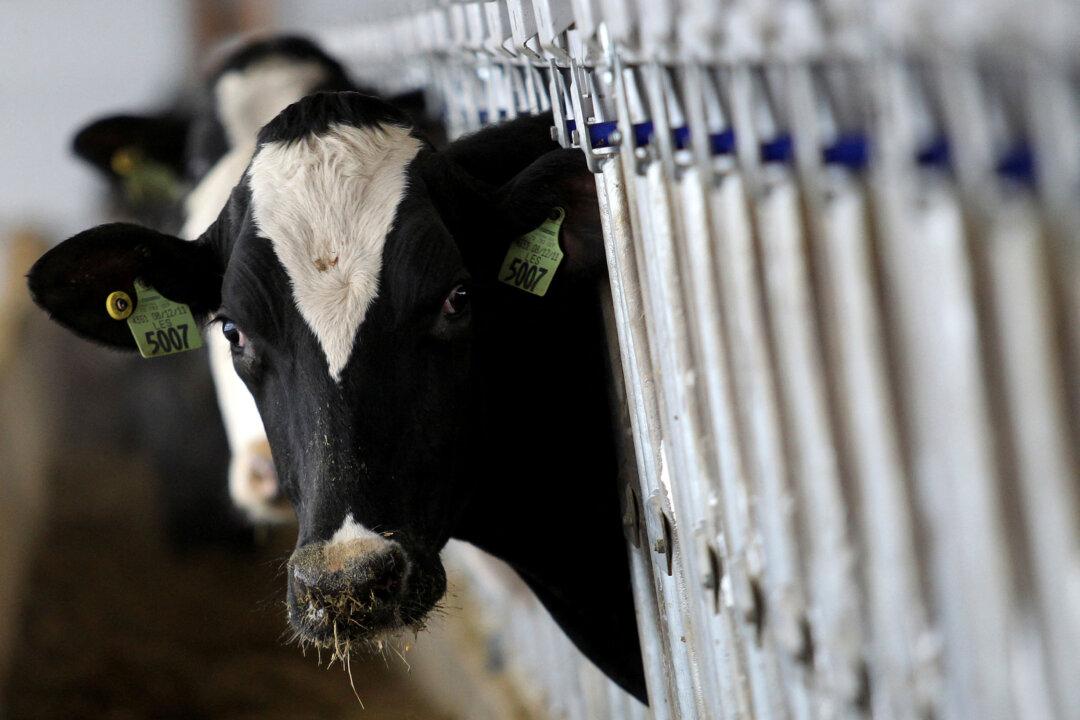Germany, one of the biggest energy-consuming countries in the world, is proving that serious investment in renewable energy sources like hydropower, biomass, and wind energy can provide a stable alternative to fossil fuels.
Germany has been almost constantly investing in renewable energy in the past several years, and last year announced that 28 percent of its total energy comes from renewable sources.
Despite the relatively large reliance on renewable sources, the grid has remained pretty stable. Gunter Scheibner, in charge of keeping energy flows stable over 6,200 miles of transmission lines in eastern Germany, told Bloomberg that the country only experiences 15 minutes of outages a year--compared to 68 minutes in France and more than four hours in Poland.
“Our job has become much more complex,” Scheibner said. “It’s not an easy mission, and it will cost money. But if you are doing it consciously, then it will be doable. We have already come so far.”
Some energy groups and researchers insist that relying on some renewables, principally wind and solar, on a large scale can cripple power grids at times because of the sources’ intermittent nature. But Germany is proving doubters wrong, thanks to a 10-year, 120 billion-euro ($127.1 billion) investment toward low-polluting energy forms. That investment, along with ongoing developments in the sector, has helped spur lower costs, such as a drop from over 40 cents per kilowatt hour in 2005 to 9 cents per kilowatt hour, according to the think tank Agora Energiewende.
“When transportation and heating are included, 9 percent of Germany’s energy comes from renewables, triple the U.S. level and six time what the U.K. uses, according to BP Plc,” reported Bloomberg. And the country isn’t done. Researchers say that a higher concentration of renewables--even more than 50 percent--is possible, and the country’s “Energiewende” movement aims to run the country almost entirely on renewable sources by 2050. The plan includes shuttering all of Germany’s nuclear power plants by 2022.
“We need to show that in a country like Germany and a continent like Europe, it is possible to have a high level of industrialization” in combination with policies to mitigate climate change, Sigmar Gabriel, the Economy and Energy Minister, said last month, reported the Globe and Mail.
Only then, he said, “will we find that other countries follow us. Only then will we persuade people.”
While renewables take more care--keeping an eye on weather--the intermittent nature of sun and wind are being offset by improved batteries that can store excess energy for when winds aren’t blowing or the sun isn’t shining. Wind is the biggest renewable energy source in Germany, followed by bioenergy, solar, hydro, and biomass, according to Bernard Chabot, a renewable energy consultant based in France. Still, some experts believe the level of difficulty is sometimes underestimated.
“It makes planning much more difficult,” aid Ashley Brown, executive director at Harvard University’s Electricity Policy Group. “It requires a lot more attention from grid operators.”







